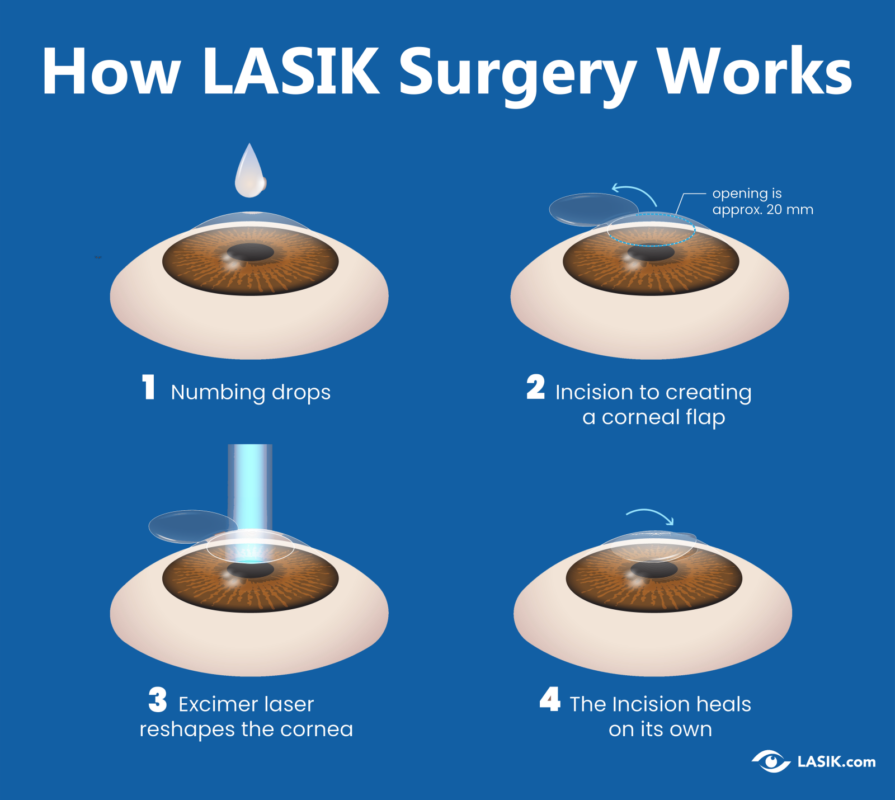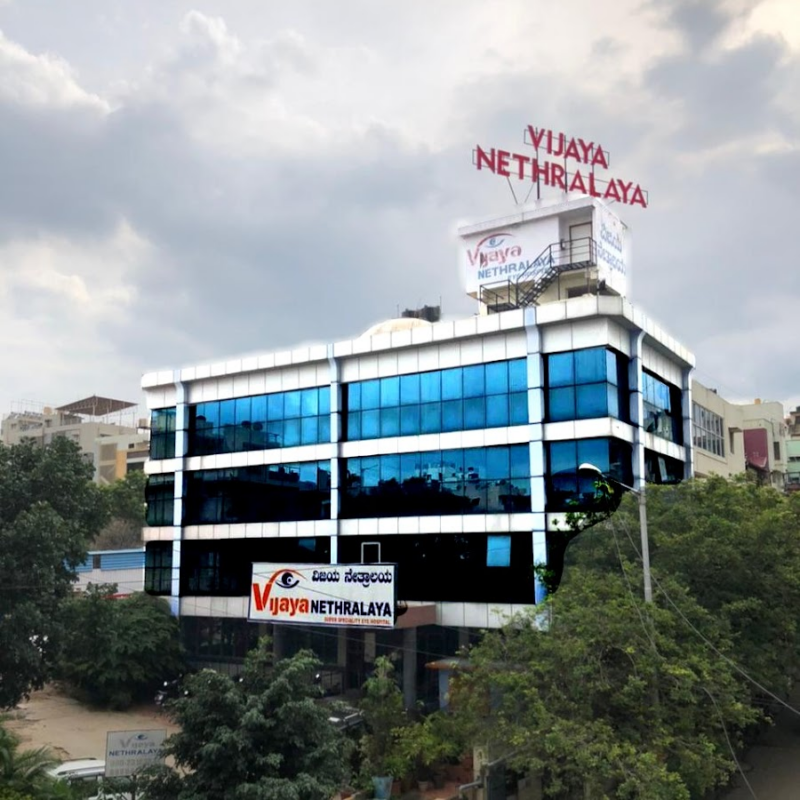Introduction:
Toric Implantable Collamer Lens (ICL) surgery is a popular option for individuals seeking to correct moderate to high levels of myopia (nearsightedness) and astigmatism. Unlike traditional LASIK surgery, Toric ICL does not involve reshaping the cornea. Therefore, it is a preferred choice for those with thin corneas or dry eyes.
Toric ICL Surgery:
Toric ICL surgery involves implanting a specially designed lens between the iris and the eye’s natural lens to correct vision problems. This lens is made from a biocompatible material called Collamer, which, importantly, is designed to harmonize with your eye’s natural anatomy. Consequently, this ensures a seamless integration with the eye, enhancing both comfort and effectiveness.Moreover, the procedure is performed on an outpatient basis and typically takes around 20-30 minutes per eye.

Cost of Toric ICL Surgery:
Toric ICL surgery typically costs between $4,000 and $7,000 per eye in the United States. The cost varies based on factors like the surgeon’s experience, geographic location, clinic facilities, and the extent of pre- and post-operative care. Most insurance plans do not cover this elective procedure, so it’s usually paid out-of-pocket.
Average Cost Range:
In the United States, the average cost of Toric ICL surgery ranges from $3,500 to $5,000 per eye. This price typically includes:
- Initial consultation and eye examination
- Cost of the implantable lens
- Surgical procedure
- Follow-up visits for a specified period
Insurance companies rarely cover Toric ICL surgery because they consider it an elective procedure. However, some flexible spending accounts (FSA) or health savings accounts (HSA) can be used to cover part of the costs.
Benefits of Toric ICL Surgery:
- Improved Vision Quality: Many patients experience significant improvements in their vision, often achieving 20/20 vision or better.
- Reduced Dependence on Glasses or Contacts: Post-surgery, most patients find that they no longer need to rely on corrective lenses.
- Reversible Procedure: Unlike LASIK, you can remove or replace the Toric ICL if necessary, offering greater flexibility.
- In some individuals may require longer recuperation periods, depending on the extent of their procedure and individual health factors.
Procedure:
- Pre-Surgery Consultation: An in-depth eye examination and consultation to ensure you are a suitable candidate for the procedure.
- Surgery Day: The surgeon typically performs the procedure under local anesthesia. They make a small incision and insert the lens behind the iris.
- Post-Surgery Care: Follow-up visits are necessary to monitor healing and ensure optimal outcomes. The doctor usually prescribes eye drops to prevent infection and inflammation.
Author Details:
Dr. Sushruth Appajigowda holds a prominent position as a Cornea, Cataract, Glaucoma, and LASIK Surgeon in Bangalore. He serves as the chief Cataract and Refractive surgeon at Vijaya Nethralaya Eye Hospital, Nagarbhavi Bangalore. Renowned as one of the finest LASIK surgeons nationwide, he brings with him over 12+ years of experience across multiple LASIK platforms, including ZEISS, ALCON, SCHWIND, AMO, and Bausch and LombDr. Sushruth has successfully conducted over 5000 LASIK procedures. He holds the title of Certified Refractive Surgeon and is a Fellow of the All India Collegium of Ophthalmology.

http://vijayanethralaya.com/link-in-bio
Conclusion:
Toric ICL surgery is a viable option for those looking to correct vision issues like myopia and astigmatism, especially when LASIK is not suitable. While the cost can be substantial, the benefits of improved vision and reduced reliance on glasses or contacts often justify the investment.











